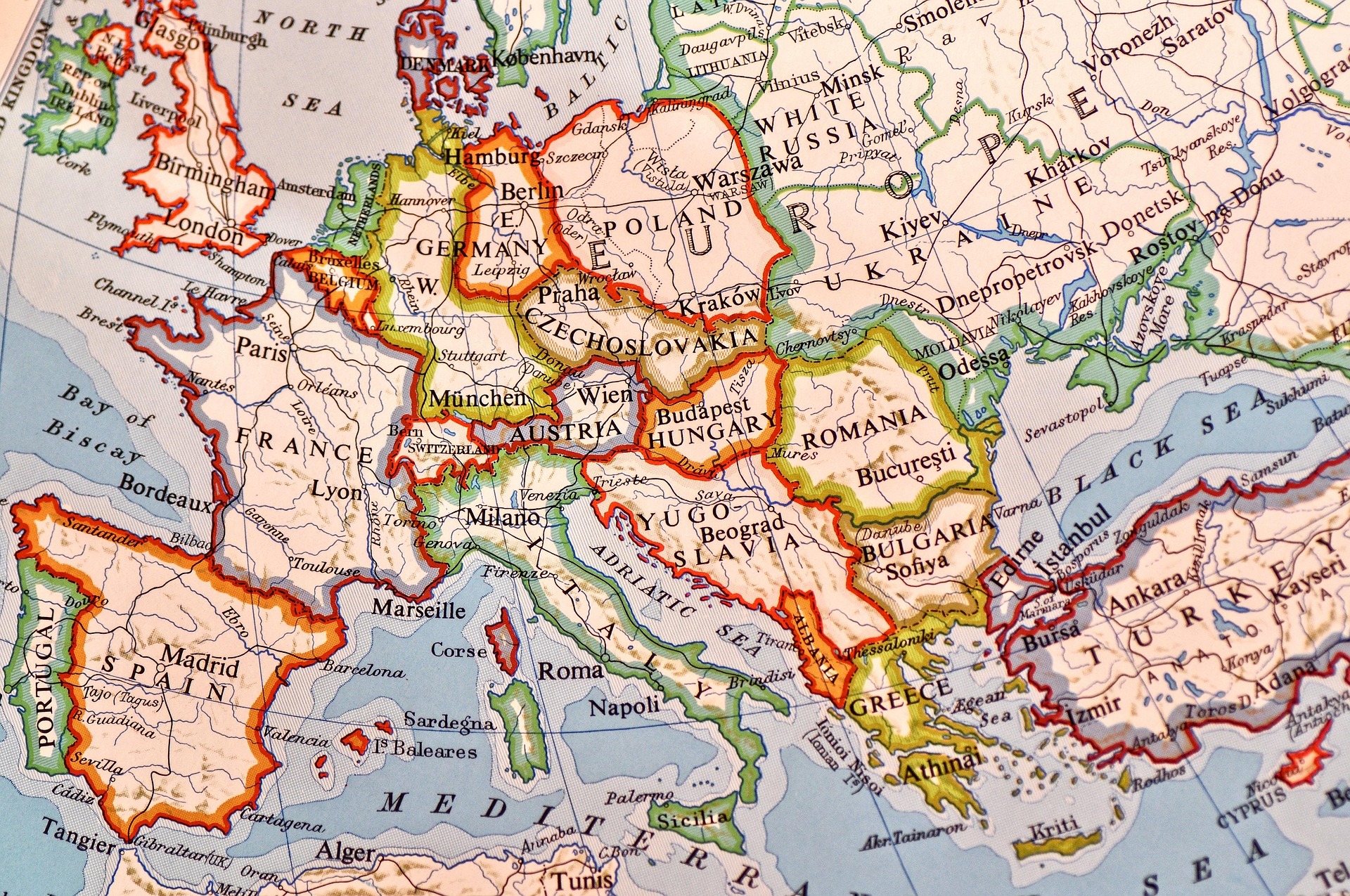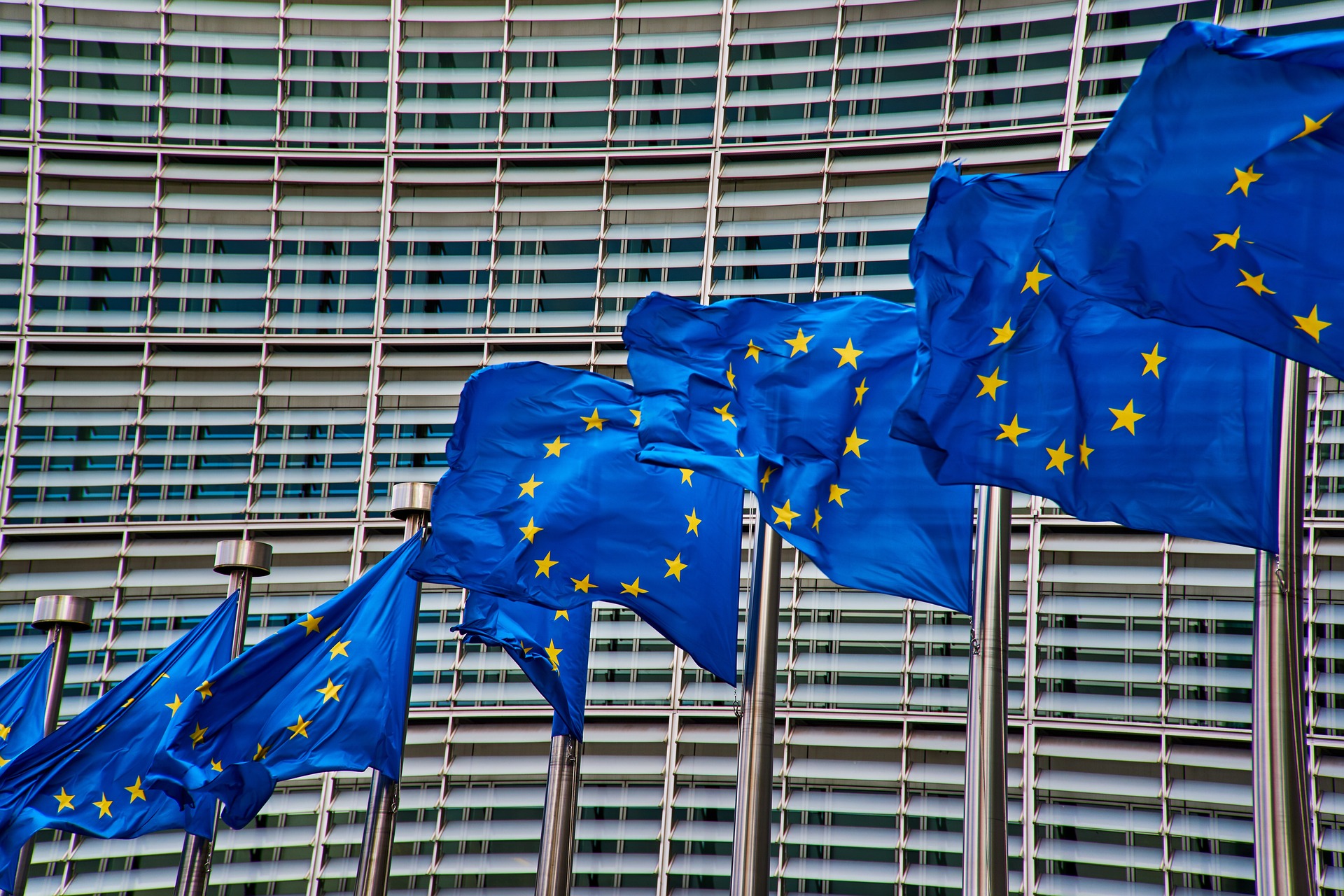EN Version
In recent years, the term “civil disobedience” has been cropping up frequently in the media landscape. But what does it really mean? Is this concept of peaceful revolution truly so recent?
Civil Disobedience?
Although there is little consensus on a precise definition, everyone agrees on certain key elements that set it apart from other forms of protest. It is mainly based on the non-violent nature of the action, its public character and search for media attention, its illegality, the conscious and intentional nature of the offense, and its symbolic dimension that calls for a public reaction.
Because of these ideals, it doesn’t align with more generic terms like a demonstration (which is legal), criminal disobedience (which lacks media motivation), or revolution (which is willing to resort to violence).
But is this concept—deviating from traditional protest methods—really something new?
Historical Note
The first appearance of the term comes from an essay by Henry David Thoreau in 1849. However, the idea of illegal protest has always existed in the collective imagination.
Indeed, even in ancient myths, Antigone gives her brother a burial despite him being considered a traitor to the city—thus showing her defiance of the established order. “Lysistrata” by Aristophanes also reflects this idea through a sex strike, where Athenian women deny their husbands in order to stop an endless war.
In more modern times, Martin Luther King, Rosa Parks, and other activists fought against racial segregation in the United States. In India, Gandhi promoted decolonization ideals through his Salt March. César Chávez fought for farmworkers’ rights in California, and Nelson Mandela struggled in South Africa to end apartheid.
But what about today?
Current Affairs
In recent years, all kinds of demands have sprung up everywhere, often gaining considerable media coverage.
For example, in recent months, farmers’ protests have erupted across Europe, especially in Brussels—home to the European Parliament—where tractors blocked the city center.
There was also great media attention on the journey of Pakistani Nobel Peace Prize winner Malala Yousafzai in her fight for girls’ education.
In 2018, the French “gilets jaunes” (yellow vests) movement saw more than 750,000 protesters block streets and highways. Media coverage was massive, with several films even made about their actions.
Finally, there are the so-called “eco-terrorists”—environmental activists who break the law to defend and raise awareness about the climate emergency. Examples include the blocking of the A12 highway in the Netherlands by Extinction Rebellion, or Code Rouge—a Belgian civil disobedience group that has carried out actions against private jets, Engie, TotalEnergies, etc.
Is It Really Effective?
To assess effectiveness, we must first look at the goal: namely, to spark public debate around the issues being raised and to change current norms that are considered problematic.
To do this, wide media coverage of the actions is essential to generate real questioning within society and help shape favorable public opinion.
It is, in short, a powerful popular weapon—made all the more effective thanks to the rise of the internet. We can imagine the power unleashed by all these now accessible, uncensored media platforms. It’s a real revolution compared to the limited and censored means of the past.
However, do things actually change as a result? Sadly, aside from a few successful examples where a large community rallied around a shared cause, most demands go largely unheard.
Moreover, the complexity of civil disobedience—which requires challenging authority—doesn’t make it easy. As Stanley Milgram and his famous experiment showed, authority, in any form, has a frightening hold on humanity. This is worsened by the legal consequences of civil disobedience. People’s willingness to fight for their principles and values in this way is seriously diminished, weakening its overall impact—and as you can see, it becomes a vicious cycle.
In Conclusion
Civil disobedience is a powerful counterweight to political authority available to the people, but it requires strong popular initiative to allow activists to achieve their goals. Everything starts with individual mobilization.
As Henry David Thoreau once wrote:
“A man with the truth on his side, even if he stands alone, is already a majority.”
Edited by: David Schreiber



